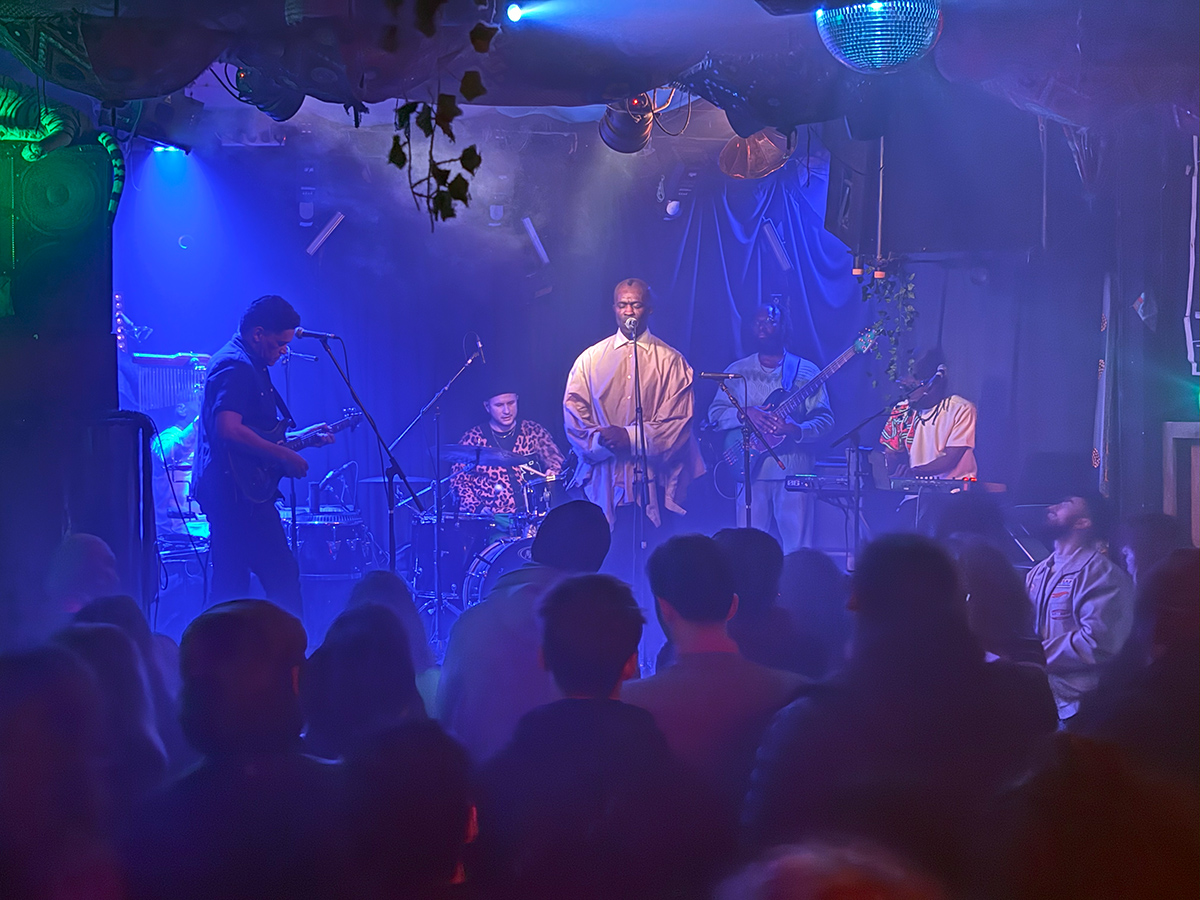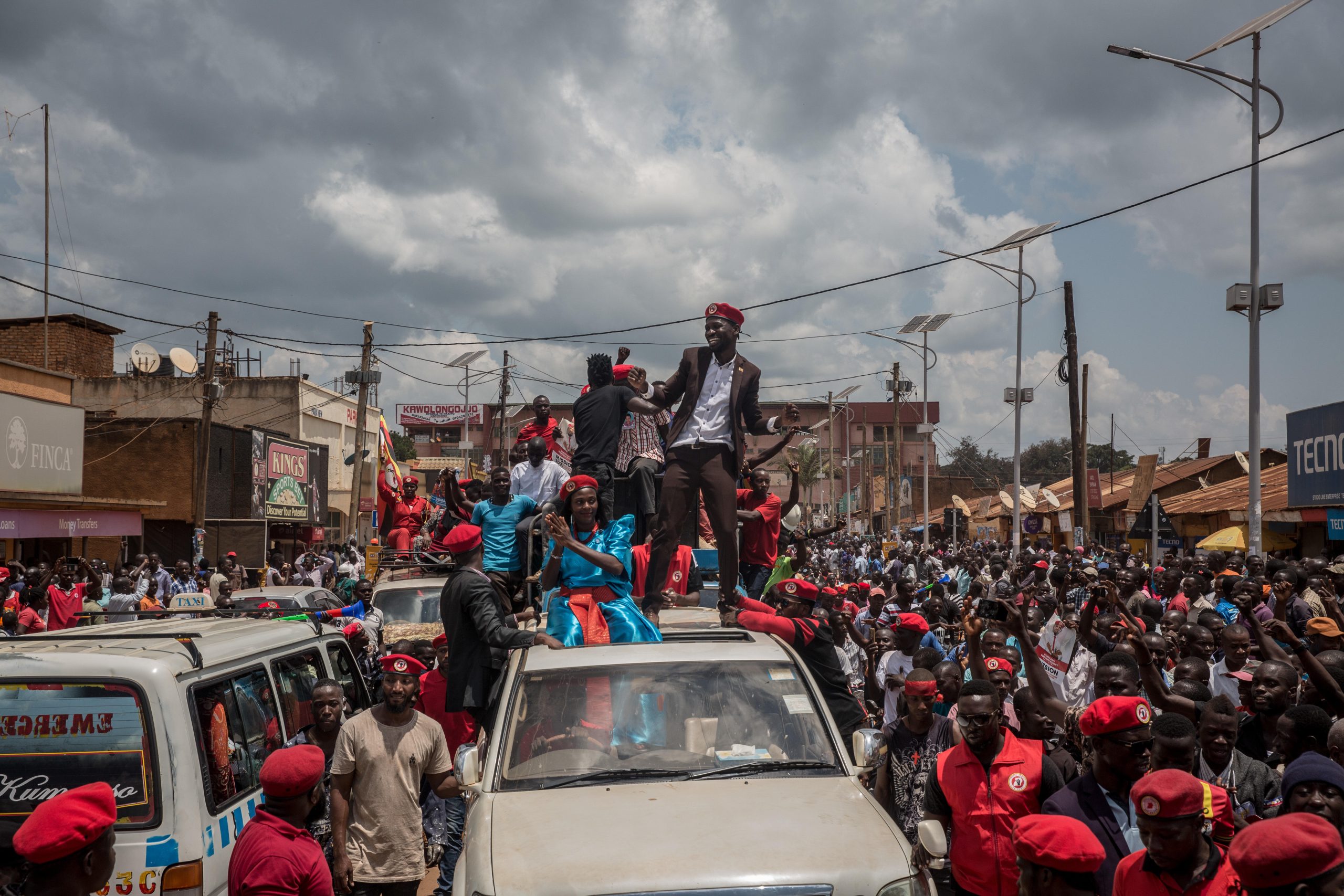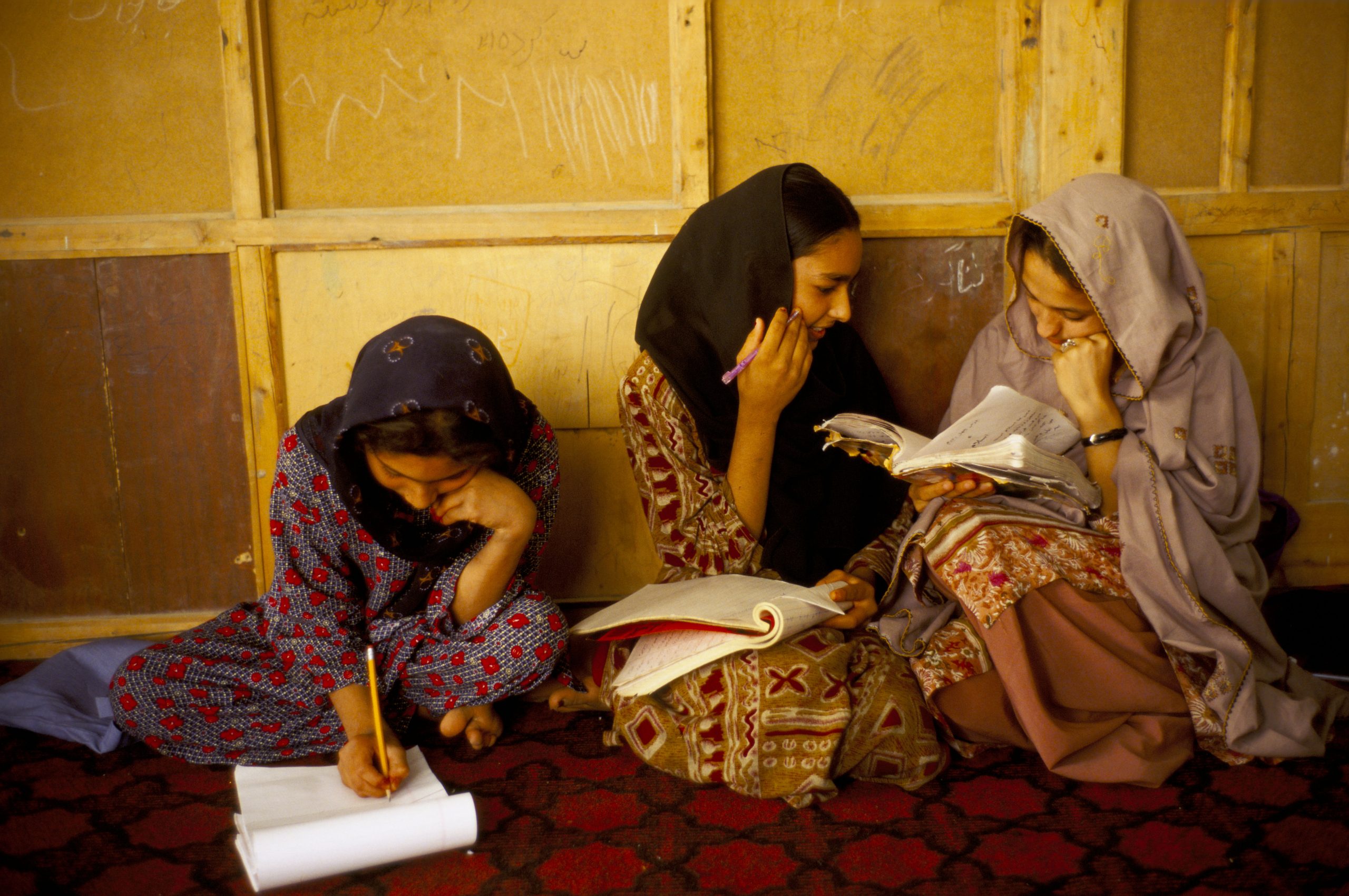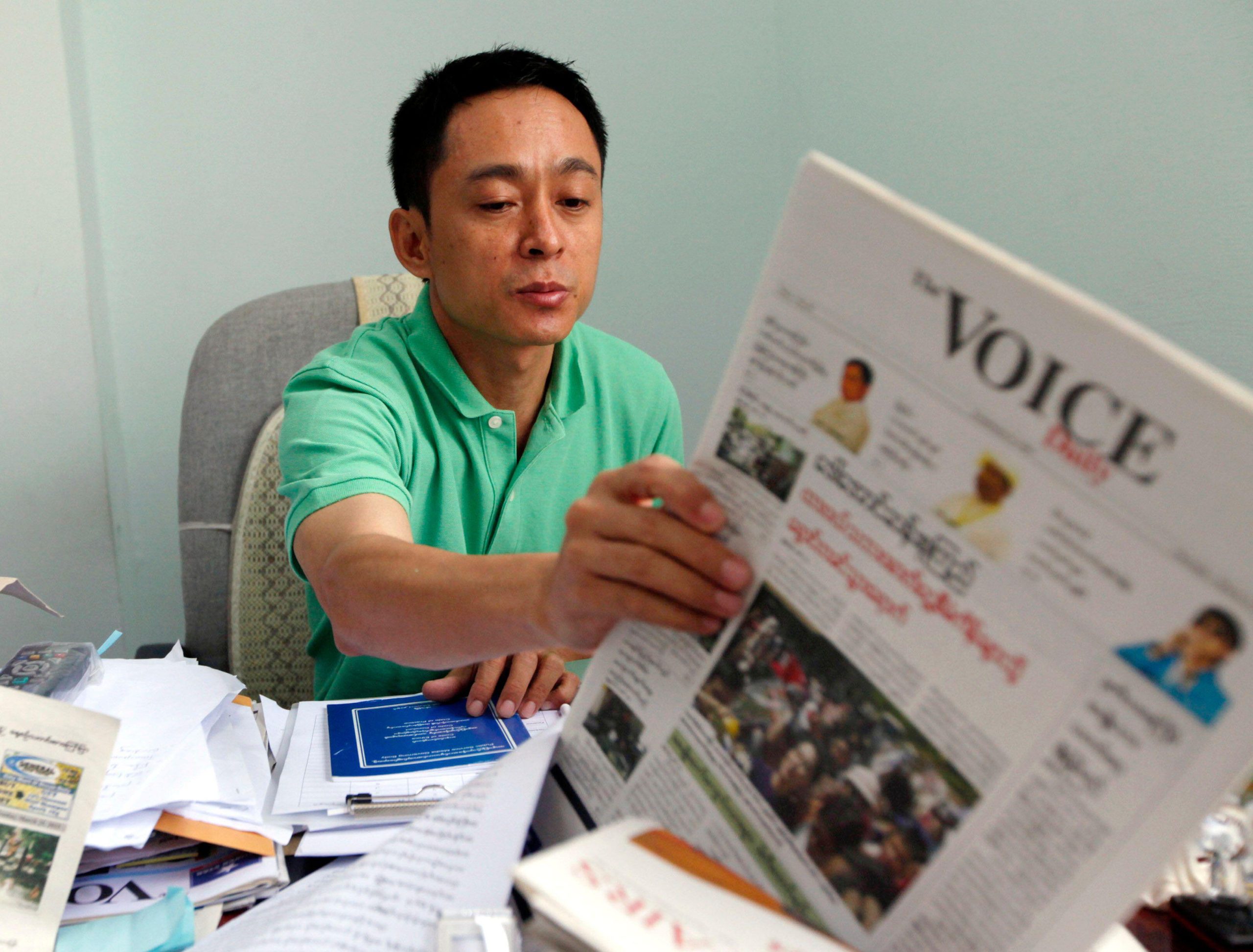Brazil’s indigenous peoples are increasingly using the internet to fight for their rights, says Rafael Spuldar
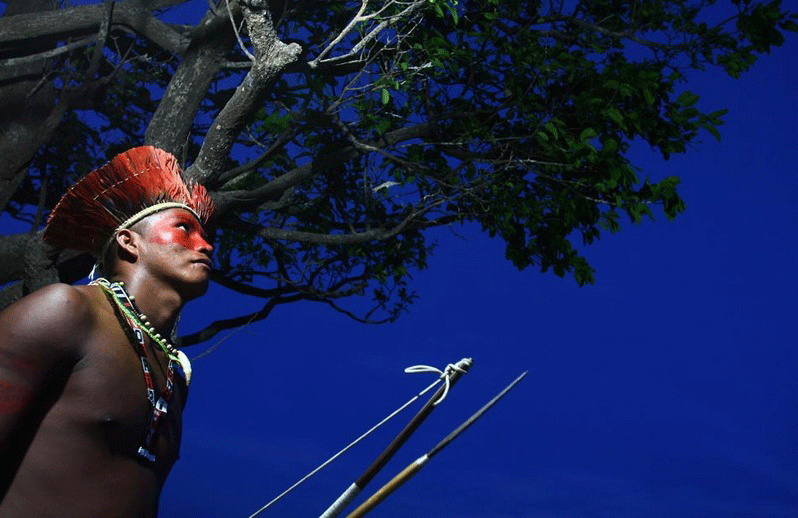
Brazil’s indigenous population have gone online to campaign against social injustice in their community – Alberto Cesar Araujo/Demotix
Despite their poor economic and living conditions, Brazil’s indigenous peoples are increasingly using the internet to make their struggle for rights known to the world.
Historically, native Brazilians have been deprived of proper citizenship, first by slavery and the loss of their homeland in the 16th century and, after that, by prejudice, impoverishment, the loss of cultural traces and the disappearance of entire populations. But, the emergence of the internet has allowed Brazilian Indians access to a new era of free speech and civil activity.
One example of their fight to be heard is the campaign against the Draft Constitutional Amendment #215, currently being debated in the Chamber of Deputies. If the amendment passes, it would remove the Federal Government’s power to delimit indigenous lands and pass it to Congress.
Indigenous leaders fear this would strengthen landowners’ powers, who already have a strong lobbying position in Congress and would likely do their best to inhibit the creation of new reservations.
An online petition against the amendment has gathered more than 27,000 signatures.
Their cause also attracted huge support through social media late last year. Facebook users showed support to the Guarani and Kaiowá peoples by adding “Guarani-Kaiowá” to their profile name. The 45,000-strong group perpetually struggle to protect their ancestral province from land-grabbing farmers in the state of Mato Grosso do Sul.
In January 2013, however, Facebook ordered the additional names be removed, reminding users that they were forbidden from adopting fake names on their accounts.
Access to justice
Considered to be one of the main platforms for indigenous discussion, the Índios Online website is maintained by indian peoples from the states of Alagoas, Bahia, Roraima and Pernambuco.
Supported by the Ministry of Culture and Thydewá, an organisation protecting the rights of indigenous peoples, Índios Online allows “offline” Native Brazilians from all over the country to voice their needs and interact with other users.
According to the president of Thydewá, Sebastián Gerlic, those who feel their interests have been threatened by the website often approach the Justice system to censor its content — particularly regarding videos produced and uploaded by the indians.
Ingigenous Brazilian Potyra Tê Tupinambá ended up in court for her film documenting land reposession in an indigenous reservation in the northeastern state of Bahia. The ongoing lawsuit was taken out by a land owner interviewed on camera. It was a testimony, according to Gerlic, given spontaneously and with no animosity.
“The farmer accused Potyra of transmitting his image on the internet without his permission, and now he looks for reparation,” says the president of Thydewá, who took reponsibility for the director’s legal defence.
The internet was also a strong ally in the indigenous peoples’ struggle against the looting of the natural resources on their reservations. In mid-2011, the Ashaninka people used a solar-powered computer to denounce the invasion of their land by Peruvian woodcutters. This information was passed to authorities in federal capital Brasília, who sent a task force formed by the Federal Police and the Brazilian Army to arrest the invaders.
The Ashaninkas also addressed chief justice of the Supreme Court Joaquim Barbosa in an online petition, urging the Supreme Court to address the problem of tree cutting in their native territory. They demanded financial reparation for the lumbering activities that could reach 15,000,000 BRL (around 30,000,000 USD).
Limited access
Indians usually access the internet through centres maintained by Funai, Brazil’s National Indian Foundation or in LAN (local area network) houses, schools or in private homes. Funai does not have any digital inclusion programme specifically for the indigenous peoples – this responsibility goes to the Ministry of Culture. Through its programme called “Points of Culture”, the Ministry invested more than 1,300,000 BRL (about £447,000) on installing internet connections inside the Indian communities.
Despite public investments, online access has grown far less in indigenous communities than in poorer urban areas. According to a survey led by Rio de Janeiro State’s Secretary of Culture, in partnership with NGO Observatório das Favelas (“Slum Observatory”), 9 out of 10 people living in low-income areas in Rio have internet access.
Brazil has a population of 896,917 indigenous people divided in 230 different ethnic groups, according to the last Brazilian Census from 2010. This represents around 0.47 per cent of the country’s population.
Amongst this populus, access to employment is a problem. According to the last Census, 83 per cent of adult Brazilian indians earn no more than minimum wage (678 BRL a month, about £233) and 52.9 per cent of them don’t have any income at all.
According to the Indigenous Missionary Counsel, an organisation aiding native Brazilian peoples, at least 200 indians have been killed in Brazil in the last decade, mainly because of land disputes.

